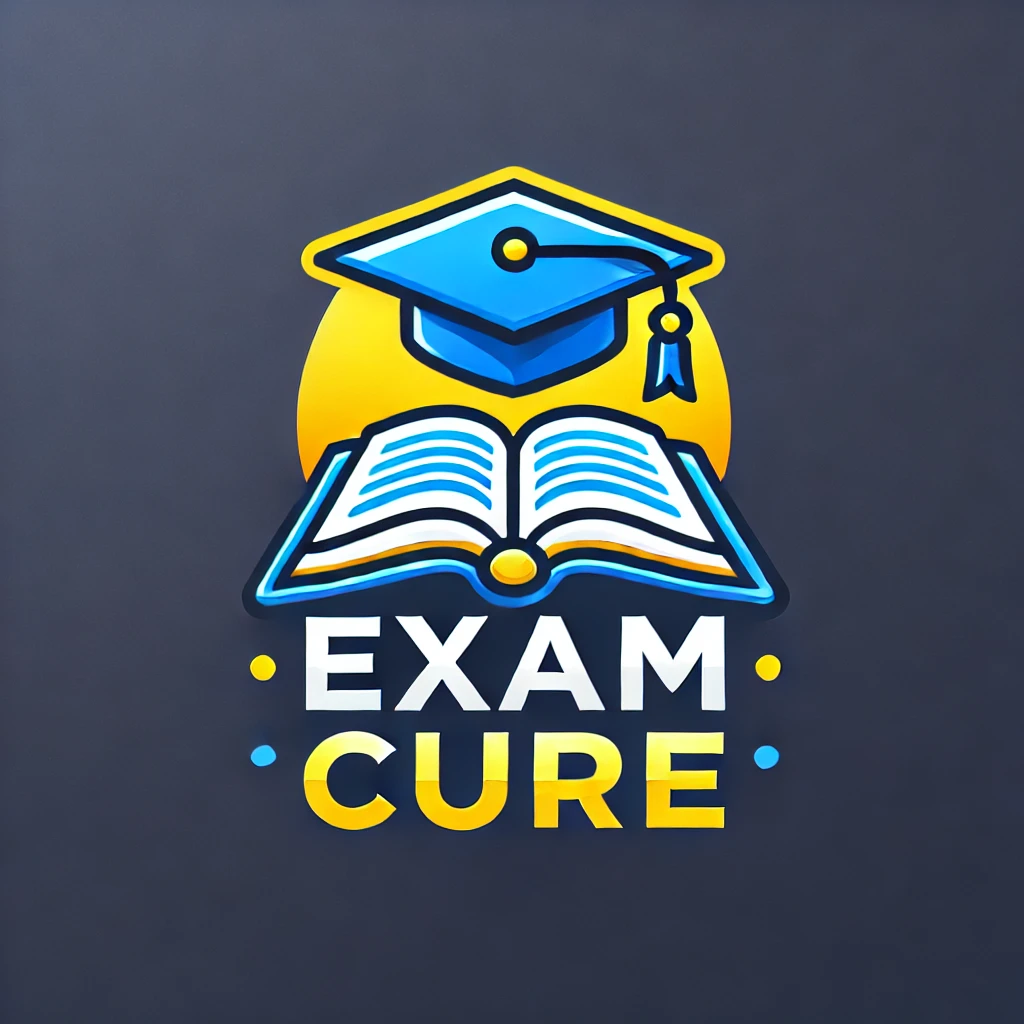Ace Physiotherapist DHA Prometric Exam
Ready to pass the DHA Prometric Examination of Physiotherapist ? Then prep for the DHA Prometric exam with Exam Cure . Gain access to more than 1000 review practice questions with detailed explanations for both correct and incorrect responses.
The Physiotherapist question bank follows the exam content outline for the DHA Prometric exam of Physiotherapist.
Course contents
Pricing
Money Back if you don't Pass
6 Monthly
Key Physiotherapist DHA Prometric Exam Q Bank Features &Benefits
Thorough Explanations
Test Exams & Unlimited Quizzes
Do better on your exams with answers.
Study at your own pace
About the Question Bank
Multiple-choice questions
Physiotherapist DHA Prometric Exam Overview
How many hours is the Physiotherapist Exam?
How many questions is the Physiotherapist Exam?
What topics are covered on the Physiotherapist DHA prometric Exam?
More About the Physiotherapist DHA Prometric Exam
Physiotherapist Prometric Exam
Duration: 3 Hours
Number of Questions: 150
Exam Code: PHY5121
Fee: USD 240
Pass Score: 50%
---
Exam Coverage
1. Kinesiology, Biomechanics, and Ergonomics
Focus Areas: Understanding movement mechanics, posture, and body alignment.
Key Concepts:
Muscle actions, joint mechanics, and ergonomics in daily activities.
Posture assessment and correction, workplace ergonomics.
Tips: Familiarize yourself with basic biomechanical principles and common postural adjustments.
2. Anatomy and Physiology
Focus Areas: Musculoskeletal, neurological, and cardiopulmonary systems.
Key Concepts:
Structure and function of muscles, bones, and joints.
Nervous system pathways and their impact on movement.
Tips: Review anatomical landmarks, muscle attachments, and the physiological basis of movement.
3. Clinical Decision Making and Differential Diagnosis
Focus Areas: Process of assessment, identifying clinical patterns, and developing treatment plans.
Key Concepts:
Evaluation techniques, including observation, palpation, and movement testing.
Identifying red flags and making differential diagnoses.
Tips: Practice case scenarios to refine your decision-making and diagnostic skills.
4. Physical Agents (Electrotherapy and Hydrotherapy)
Focus Areas: Use of modalities for pain management, muscle stimulation, and tissue healing.
Key Concepts:
Indications and contraindications for electrotherapy and hydrotherapy.
Application techniques, patient safety, and expected outcomes.
Tips: Focus on the correct parameters for different modalities and patient safety protocols.
5. Therapeutic Exercises and Techniques
Focus Areas: Exercise prescription, stretching, strengthening, and flexibility exercises.
Key Concepts:
Range of motion exercises, progressive resistance training, and functional movement patterns.
Adaptations for patients with specific needs or limitations.
Tips: Understand the principles of exercise progression and contraindications.
6. Physical Therapy in Special Populations (OBGYN, Pediatrics, Geriatrics)
Focus Areas: Tailoring physical therapy for different age groups and specific conditions.
Key Concepts:
Pediatric developmental milestones, geriatric balance and mobility, pregnancy-related adaptations.
Exercises for post-partum recovery, child development, and elderly fall prevention.
Tips: Familiarize yourself with specific modifications and contraindications for each group.
7. Cardiopulmonary Physical Therapy
Focus Areas: Techniques for improving cardiopulmonary function, including breathing exercises.
Key Concepts:
Breathing exercises, airway clearance techniques, and endurance training.
Monitoring vital signs and recognizing signs of respiratory distress.
Tips: Practice different techniques for breathing exercises and understand when each is appropriate.
8. Sports Physical Therapy
Focus Areas: Injury prevention, rehabilitation, and return-to-sport protocols.
Key Concepts:
Functional movement assessments, sports-specific training, and post-injury rehabilitation.
Techniques for enhancing strength, agility, and endurance in athletes.
Tips: Review common sports injuries and evidence-based rehabilitation strategies.
9. Neurorehabilitation
Focus Areas: Rehabilitation techniques for neurological conditions.
Key Concepts:
Techniques for balance, coordination, and motor control improvement.
Neuroplasticity principles and task-specific training for neurological patients.
Tips: Focus on evidence-based neurorehabilitation exercises and patient safety.
10. Musculoskeletal Rehabilitation
Focus Areas: Treatment of musculoskeletal injuries and chronic pain conditions.
Key Concepts:
Soft tissue mobilization, joint mobilization, and pain management techniques.
Rehab protocols for common musculoskeletal injuries (e.g., ACL tear, rotator cuff injuries).
Tips: Familiarize yourself with rehab protocols for common injuries and pain management techniques.
---
Study Recommendations
1. Blueprint-Based Preparation
Allocate study time based on the weight of each topic. Focus more on high-yield areas like musculoskeletal rehabilitation, therapeutic exercises, and special population adaptations.
2. Core Textbooks and References
Recommended Books:
Prevention Practice: A Physical Therapist’s Guide to Health Fitness and Wellness – Comprehensive guide on preventive measures and health.
Therapeutic Exercise: Foundations and Techniques by Carolyn Kisner – Essential for understanding exercise prescription and rehabilitation techniques.
Clayton’s Electrotherapy and Actinotherapy – Important for the application and principles of electrotherapy.
Musculoskeletal Rehabilitation Report – Focus on rehabilitation strategies for musculoskeletal conditions.
3. Practice with Clinical Scenarios
Many questions are scenario-based. Practice with clinical scenarios to apply theoretical knowledge to practical situations.
4. Mock Tests and Timed Practice
Take timed mock exams to improve pacing and familiarity with the question format.
5. Review Guidelines and Protocols
Emphasize safety protocols, contraindications, and ethical considerations, especially in special population care.
6. Stay Updated on Recent Guidelines
Review updated guidelines on cardiopulmonary rehabilitation, neurorehabilitation, and therapeutic exercise techniques.
---
By following this structured outline and focusing on the key areas highlighted in the blueprint, you can improve your readiness for the DHA Physiotherapist Prometric Exam. Best of luck with your preparation!

